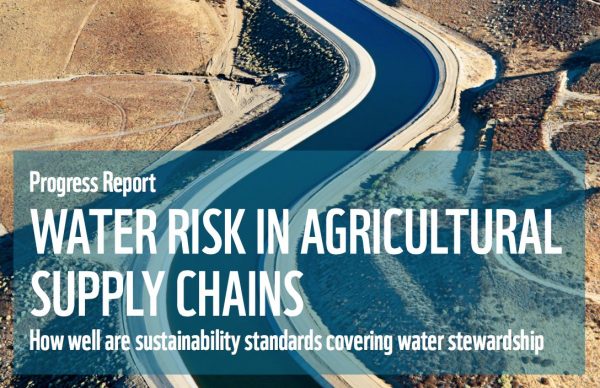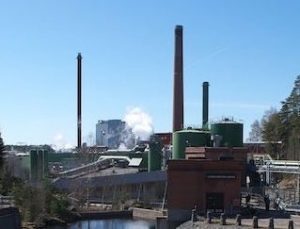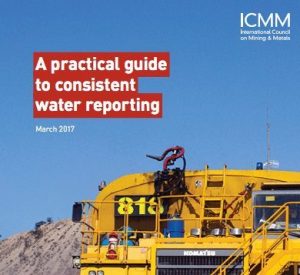Primary Functions
- Assesses agricultural sustainability standards and offers recommendations for improving them
Detailed Description
The world’s water challenges are, to a large extent the world’s sustainable food production challenges. Recognizing this, many of the world’s largest food, beverage and retail companies have started to engage their supply chains in an effort to mitigate their biggest water risks. Voluntary agricultural sustainability standards, programs, tools and certification schemes (or agricultural sustainability standards as they will be broadly referred to in this report), which offer consistent, verifiable approaches that can be broadly rolled out with confidence, are one key approach that companies have employed to deliver on sustainable sourcing commitments, including addressing water concerns. However, the degree of coverage on water issues by various agricultural sustainability standards varies considerably. Indeed, traditionally many agricultural sustainability standards have restricted water criteria to efficient use and minimizing both soil erosion and nutrient runoff. As the collective understanding of water stewardship has emerged, there has been a growing appreciation that it takes more than on-site action to adequately mitigate basin and operational water risks.
This report assessed 25 different agricultural sustainability standards and represents a follow up on a report published in 2015. The analysis shows several key conclusions:
» Of the four water stewardship outcomes, water quality continues to be the best covered aspect of water stewardship, followed by water balance, important water-related areas and governance.
» The most consistently well-covered issues are: water efficiency, effluent management and legal compliance.
» Conversely, participation in water governance, indirect water use assessment, collective action, climate change resilience and aquatic invasive species remain the most poorly covered issues.
» The ongoing lack of coverage of core concepts in water stewardship (e.g. collective action, water governance and consideration of future water risks) suggests that for most agricultural sustainability standards, there is still a lot of room for improvement.
» Organic standards have comparable coverage in the four water stewardship outcomes in terms of water quality, but generally have weaker coverage of water balance, water governance and important water-related areas when compared to conventional agricultural sustainability standards.
» Modest, but positive, progress has been made since 2015 in including water stewardship elements in those standards that have been updated.
The overall takeaways for all audiences are: water stewardship integration begins with a deeper understanding of your context and agricultural water risks, be sure you are considering collective actions and engagement in water governance, ensure efficiency requirements are supplemented with cumulative basin impact considerations, and collaborate as much as possible.






Reviews
There are no reviews yet.